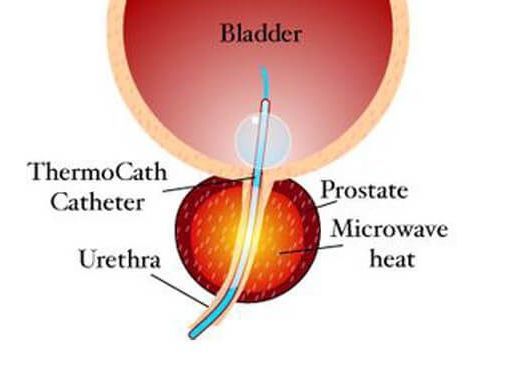
TUMT for Prostate
TUMT- Transurethral Microwave Thermotherapy (TUMT) is a procedure used to treat symptoms caused by an enlarged prostate or benign prostatic hyperplasia (BPH) by using microwave technology to destroy excess prostate tissue. This procedure can improve or alleviate urinary symptoms caused by the enlarged prostate.

TUMT for Prostate
TUMT- Transurethral Microwave Thermotherapy (TUMT) is a procedure used to treat symptoms caused by an enlarged prostate or benign prostatic hyperplasia (BPH) by using microwave technology to destroy excess prostate tissue. This procedure can improve or alleviate urinary symptoms caused by the enlarged prostate.

